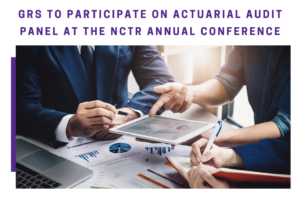Industry News
NCPERS Studies Public Pension and Education Funding
In October 2019, the National Conference on Public Employee Retirement Systems (NCPERS) released its report, Peaceful Coexistence: The Facts About Pensions and Education Funding. According to NCPERS, state and local contributions to pension plans can co-exist with education funding when reliable revenue streams exist. In 2016, the study found that state and local government pension contributions were 4.1% of state revenue as compared with 28.3% for education.
The report examines several recent studies of the impact of pension plans on education spending and includes a state-by-state analysis that compares state expenditures on education and funding with economic and revenue trends.
According to Michael Kahn, NCPERS Director of Research, “revenue systems should be designed to help state and local governments steadily weather the ups and downs in the economy and serve as a source of stable funding for a variety of obligations, including education and pensions.”
The report is available here.
 During the week of October 7th through October 11th, GRS employees joined individuals across the country for the American Cancer Society’s Denim Day fundraiser to help in the fight against breast cancer. Denim Day is an annual fundraising effort at GRS, with 2019 marking our 12th year of support.
During the week of October 7th through October 11th, GRS employees joined individuals across the country for the American Cancer Society’s Denim Day fundraiser to help in the fight against breast cancer. Denim Day is an annual fundraising effort at GRS, with 2019 marking our 12th year of support. Paul Wood
Paul Wood GRS congratulates
GRS congratulates